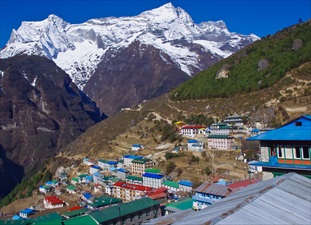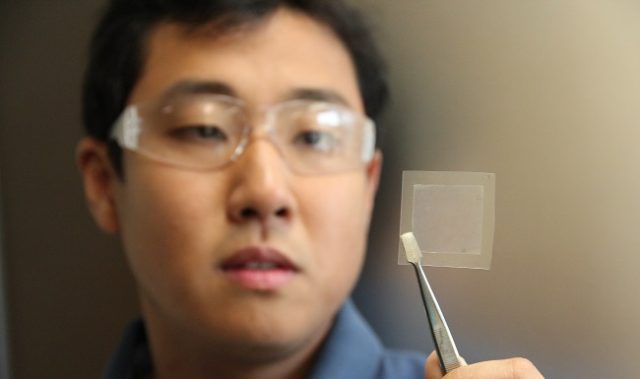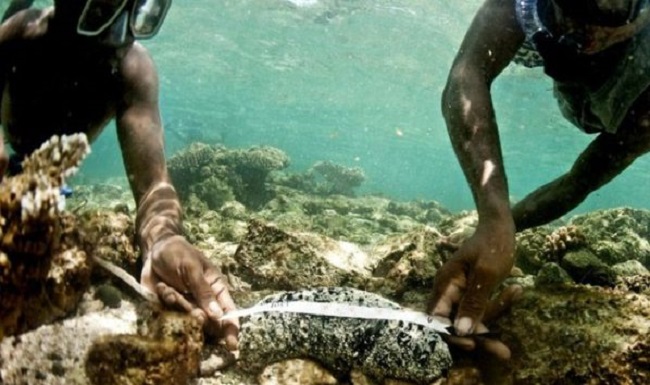
AsianScientist (Jun 16, 2014) – A new cost-effective technology to treat mining wastewater and reduce sludge by up to 90 percent has been used for the first time at a commercial mine. The technology, called Virtual Curtain, was used to remove metal contaminants from wastewater at a Queensland mine and the equivalent of around 20 Olympic swimming pools of rainwater-quality water was safely discharged.
Sludge is a semi-solid by-product of wastewater treatment and reducing the amount produced has huge environmental and economic benefits.
“Our treatment produced only a fraction of the sludge that a conventional lime-based method would have and allowed the mine water to be treated in a more environmentally sound way,” CSIRO scientist Dr. Grant Douglas said.
“Reducing the amount of sludge is beneficial because the costly and timely steps involved to move and dispose it can be reduced.”
Given that the Australian mining industry alone is estimated to generate hundreds of millions of tonnes of wastewater each year, the technology opens a significant opportunity for companies to improve water management practices and be more sustainable.
“The technology can produce a material high in metal value, which can be reprocessed to increase a miner’s overall recovery rate and partially offset treatment costs,” Douglas said.
Virtual Curtain uses hydrotalcites, which are minerals sometimes found in stomach antacids, to simultaneously trap a variety of contaminants – including arsenic, cadmium, and iron – in one step. Douglas and his team developed the technology after discovering that hydrotalcites could be formed by adjusting the concentrations of common wastewater contaminants, aluminium and magnesium, to an ideal ratio and then by increasing the pH.
“By using contaminants already present in the wastewater we have avoided the need for expensive infrastructure and complicated chemistry to treat the waste,” he said.
“If required, the treated water can be purified much more efficiently via reverse osmosis and either released to the environment or recycled back into the plant, so it has huge benefits for mining operators in arid regions such as Australia and Chile. It is a more efficient and economic way to treat wastewater and is enabling the global mining industry to reduce its environmental footprint and extract wealth from waste.”
———
Source: CSIRO.
Disclaimer: This article does not necessarily reflect the views of AsianScientist or its staff.












